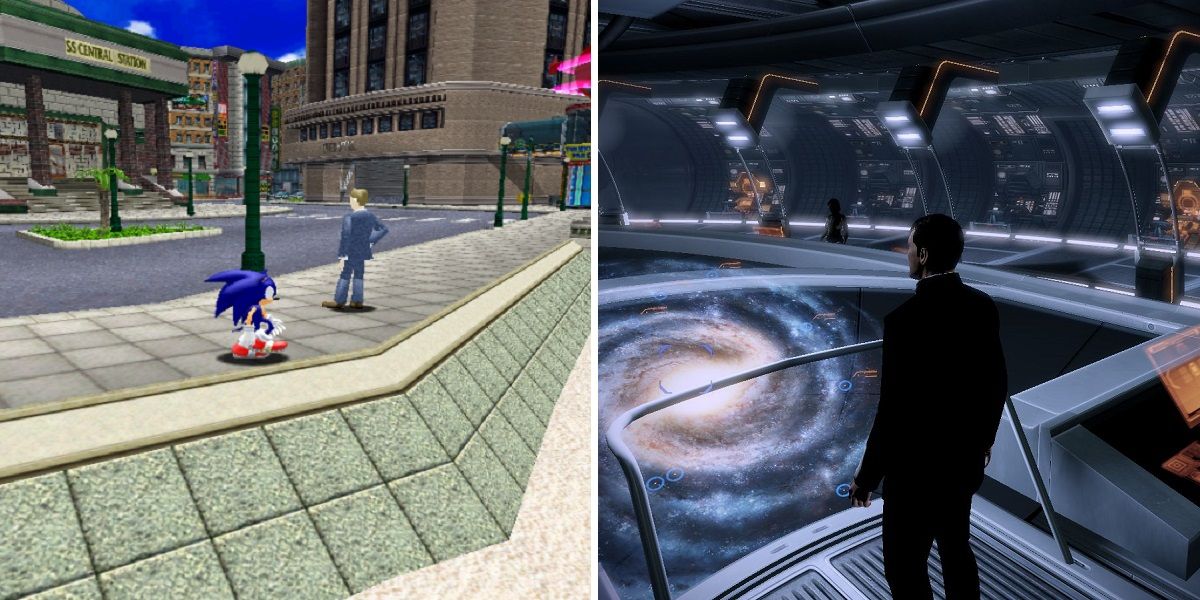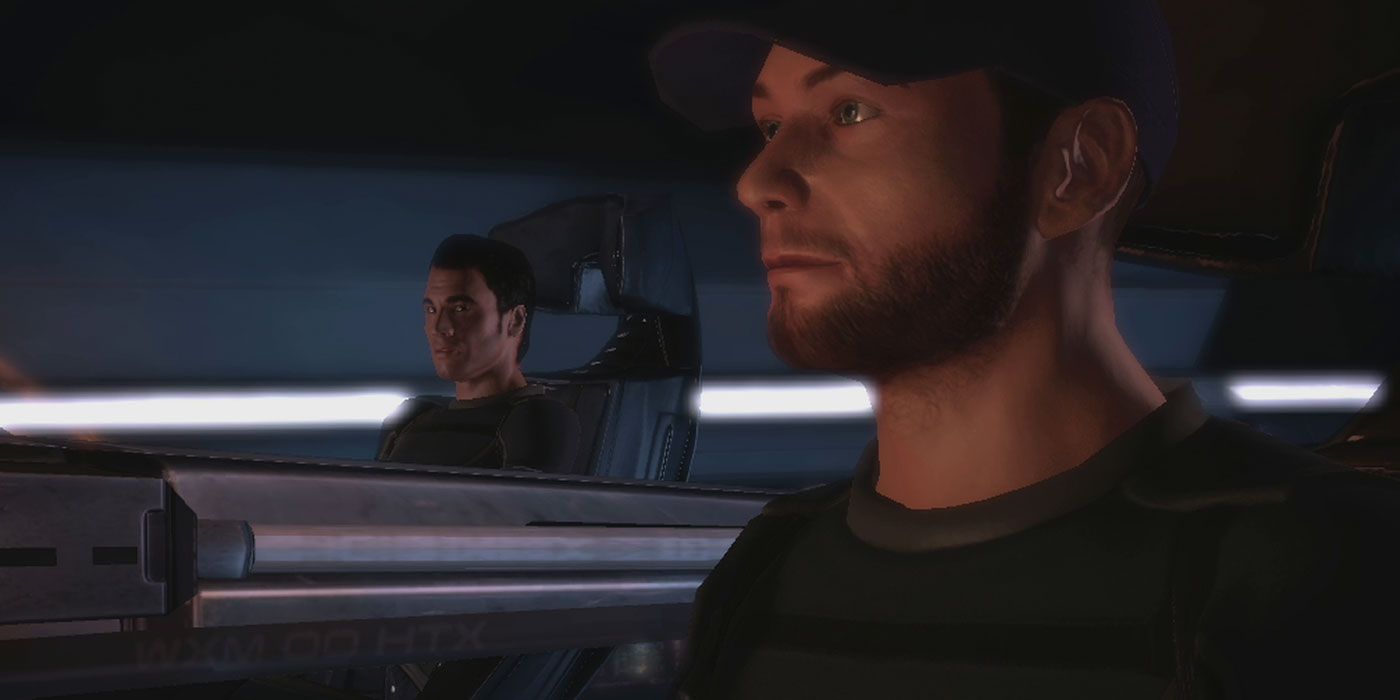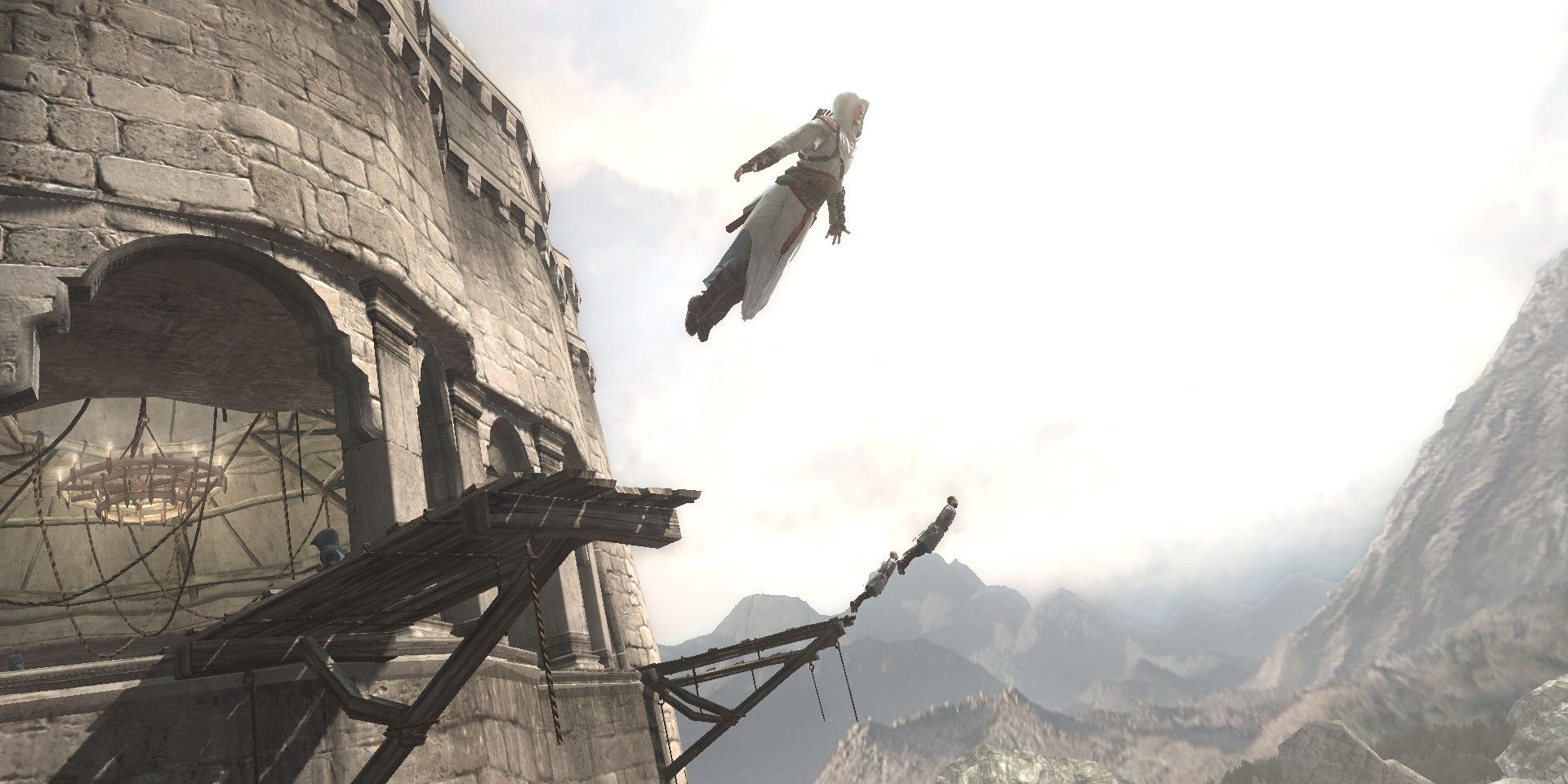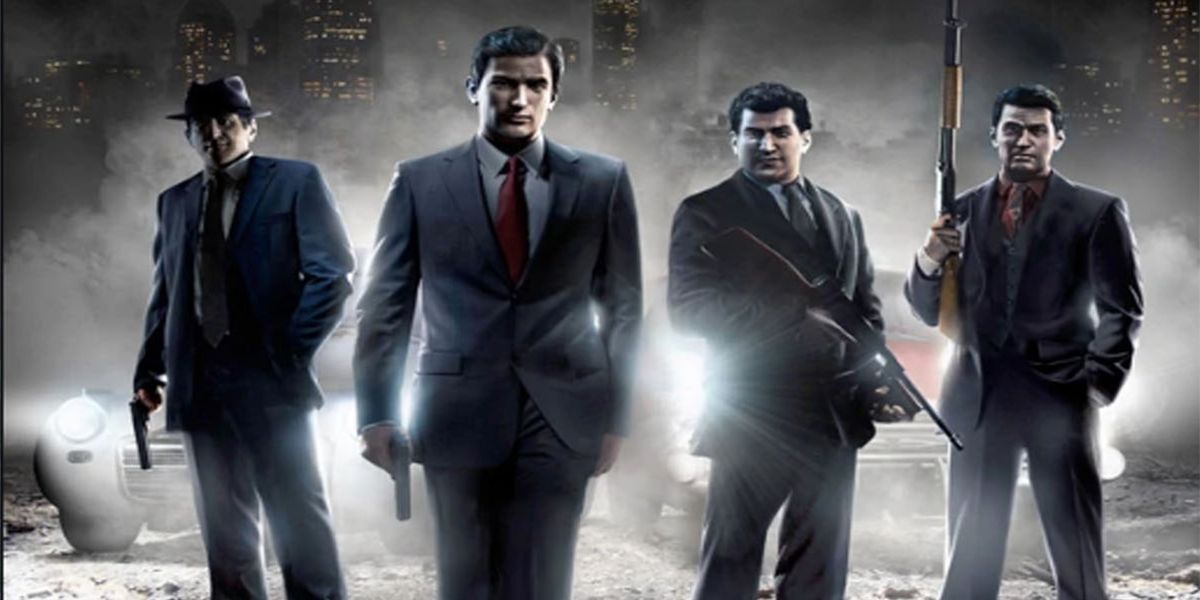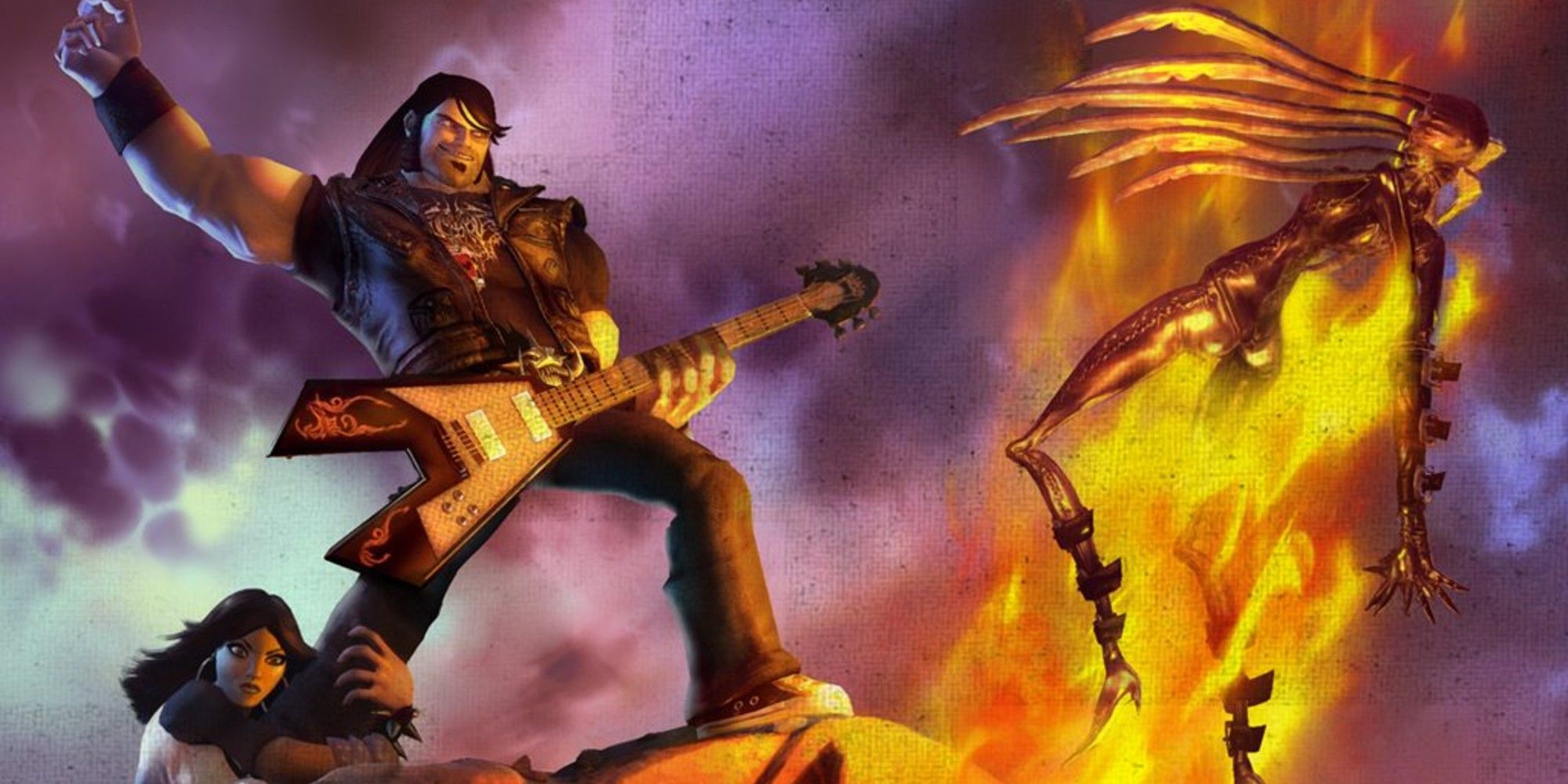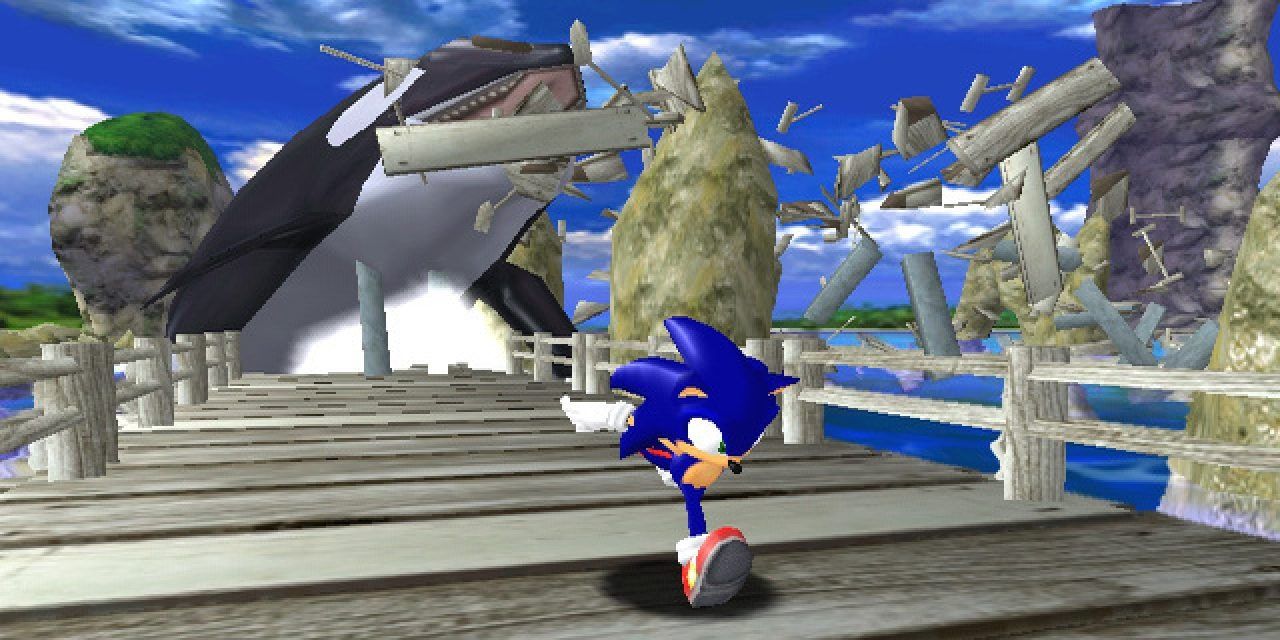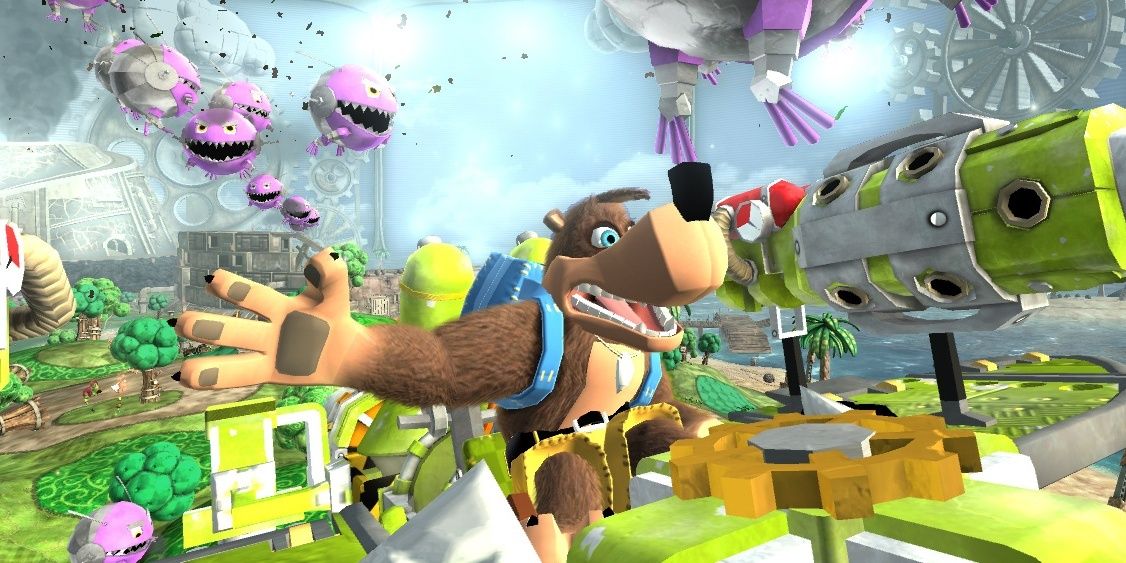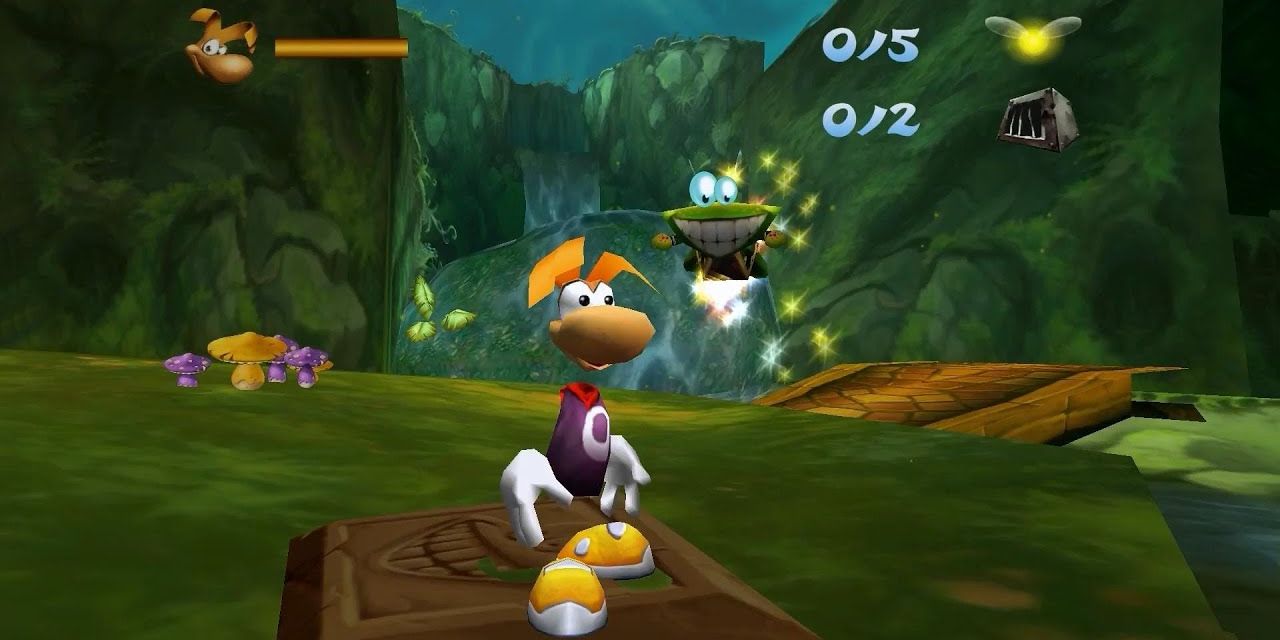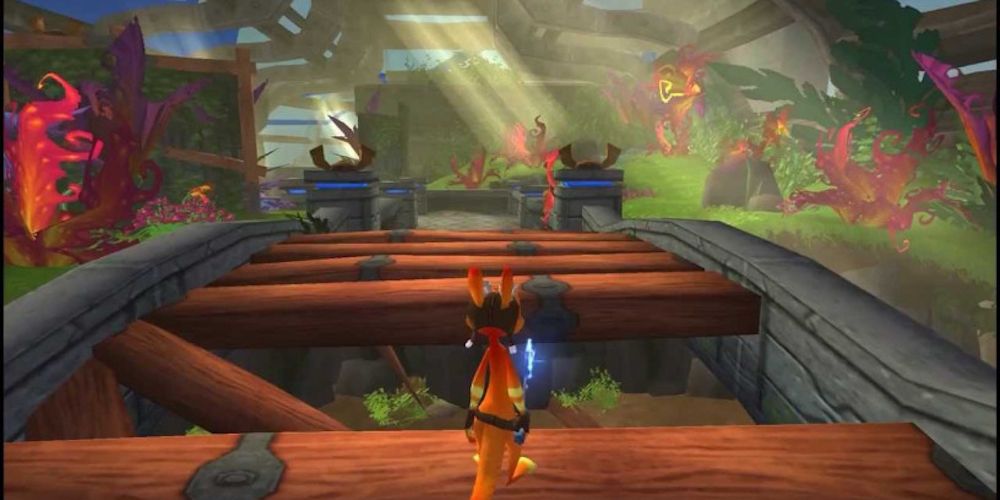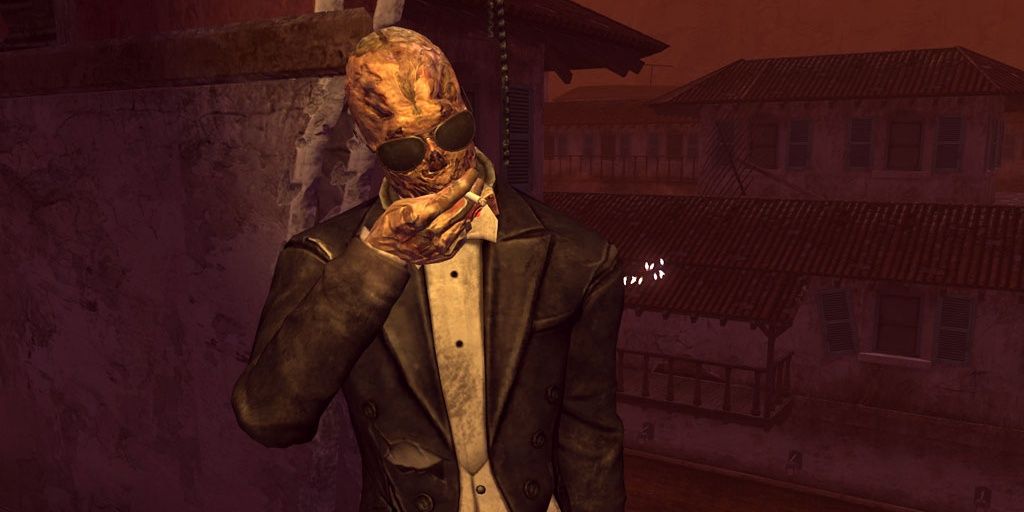Hub worlds serve a purpose. When done right, they can make players feel like they're part of a bigger adventure without sacrificing a sense of structure. An ideal hub world is easy to navigate, has activities or secrets to discover, and gives players an incentive to keep playing just to see what will come next.
However, there are wrong ways to design a hub world. While a bad hub world may not be enough to ruin a game, it can dampen the enjoyment considerably. To be sure, every game on this list is a great experience overall— but each one has a hub world that came very close to tainting the entire experience.
10 Mass Effect's Normandy is tedious & frustrating
Many will sing praises of the dialogue choices, the story, and interesting characters that defined the original Mass Effect. However, even after the release of the Legendary Edition, one would be hard pressed to have anything nice to say about the Normandy or the Mako.
The long elevator rides that masked the loading screens mixed with the lengthy walking around to progress became tiresome. Once players got off the ship, navigating planets proved to be a chore as players were forced to drive around in a clunky tank that had a frequent tendency to flip over.
9 Kameo: Elements of Power tries too hard to be "next gen"
Originally announced for the Nintendo GameCube, Kameo: Elements of Power later transitioned into a Microsoft property once the company purchased Rare. The game later made the journey from the original Xbox to the Xbox 360, and many changes were made during this transition.
One notable change was turning the game's basic hub word structure taking place in Kameo's village into a confusing hybrid of a hub world and open-world sandbox. This change was apparently made to make the game feel more "next gen," but it only serves to make navigating the world m0re complicated than it needs to be.
8 Assassin's Creed fails to follow the sacred hub world tenets
Last year saw the release of the 12th mainline installment of the Assassin's Creed series, a feat that wouldn't have been possible had Ubisoft not followed the three basic tenets passed along the Montreal Order.
The first tenet is "don't force players to trek from the assassin's home base to the next hub city at the start of each chapter." Tenet number two goes along the lines of "don't make the main character desynchronize anytime they touch the water." The third and final tenant is "have a better amount of mission variety and hub world activities."
7 Mafia 2's Empire City is a glorified movie set
The focus on narrative in Mafia 2 feels entirely at odds with its open-world structure. On a surface level, there is an admirable amount of detail to Empire Bay. However, on closer scrutiny, the world's about as organic as a movie set.
There really is nothing to do in this city that doesn't involve the main story missions, which begs the question of why this had to be a sandbox game at all. One might also ask why every chapter has to start with Vito waking up and driving to the spot where the actual plot progression is.
6 Brutal Legend's metal landscape could use a map
To Tim Schafer's credit, he and the rest of the Double Fine team did a first rate job of capturing the look and feel of a heavy metal album cover. The world traversed by Eddie Riggs is stunning to look at and full of personality. However, as gorgeous as the scenery may be, it's very confusing to navigate due to the lack of a mini-map.
Players may find themselves driving into bottomless pits or even getting stuck in the world's geometry and be forced to quit to the main menu. Still, there is some joy to had in taming the local wildlife, discovering hidden secrets, and taking on challenges from some oddball characters.
5 Sonic Adventure puts the brakes on the blue blur
While regarded as a classic in its time, many critics have accused Sonic Adventure of aging poorly. A common point of contention is the emphasis on hub areas that serve only to provide players with a boring commute to the actual platforming.
Most of the time spent in Station Square, the Mystic Ruins, or the Egg Carrier is devoted to carrying a key to a place that will unlock the next level. Sometimes the key is a statue or a card, but the process is almost always the same. It's little wonder why Sonic Team decided to jettison these segments for the sequel.
4 Showdown Town muddles Banjo Kazooie: Nuts & Bolts
While widely derided by fans for ditching the franchises' platforming roots, Banjo Kazooie: Nuts & Bolts has enjoyed a much more glowing reappraisal following its inclusion in Rare Replay. There is much fun to be had in crafting creative contraptions and using them in challenges, but getting to that point can be needlessly confusing thanks to the game's hub world.
In Showdown Town, players must manually gather all the jiggies they've won, put them in their trolley, and escort them to L.O.G. to unlock more areas. It's a little overwhelming for a game that already rubbed players the wrong way to begin with.
3 Rayman Revolution's hub world fails to revolutionize
Rayman 2 saw a director's cut of sorts on the PlayStation 2 called Rayman Revolution. One of the largest additions to this version was the addition of a big hub world that bridged the gap between different areas.
In previous versions such as the Dreamcast release, levels were separated by a simple map screen. On paper, the hub world sounded like a nice bonus that would add to the exploration and show off the capabilities of the new hardware. However, Rayman's world proves too confusing to navigate, and just gets in the way of the platforming.
2 Daxter's side of Haven City is pretty dull & pointless
Here is yet another example of a hub world that features very little to justify its existence. Previous Jak & Daxter titles pushed the envelope by featuring seamless hub worlds devoid of any loading screens whatsoever. They really felt like epic adventures in a huge living, breathing world.
Conversely, Daxter provides players with a very small section of Haven City from Jak 2 and lacks any real reason to deviate from the main quest. One might wonder why the game didn't just go for a more linear stage structure instead.
1 The Sierra Madre in Fallout: New Vegas is the wrong kind of terror
The first of Fallout: New Vegas' DLC stories boasts a cast of rich characters, a unique horror setting, and a memorable story that hits the courier with a powerful Aesop of greed and obsession. It's just too bad that players have to brave the Sierra Madre Villa to experience any of that.
True, it does make for a nice change of pace to be genuinely concerned with resources and face foes that can't just be dispatched with a simple head shot. However, the traps, the poisoned clouds, and the Sierra Villa's confusing nature will provoke more annoyance than terror.

